Description
Across most of the world, an entire generation has lived free from the spectre of polio, but for fifty years during the twentieth century that fear was overwhelming. Polio became every parent’s worst nightmare, and panic drove rational people to do bizarre things to protect their children. Survivors of the disease often found that they faced a world unfriendly to their disability.
How to treat polio survivors generated a rift between the medical community and its recommendations and the approaches of those advocating alternative therapies for the paralysed body. In pre-Second World War Australia, two women symbolised this split. In her clinics in Australia, England, North America and Canada, Sister Elizabeth Kenny championed and practised a treatment diametrically opposed to the widely used ‘orthodox’ approach of Victorian Dr Jean Macnamara. In Australia, the public’s reverence of the medical profession entrenched her approach until well after most Western countries had abandoned it.
Dancing in My Dreams details the disease of polio and its treatment, the scientific endeavour that led to the discovery of the poliovirus, and the studies in virology and immunology that culminated in the production of a polio vaccine. It highlights the experiences of patients and the voices of survivors, revealing how ethnicity, class, age and gender all mediated an individual’s reaction to having polio, which included fear, rejection, denial and anger.
ISBN: 9781922235848

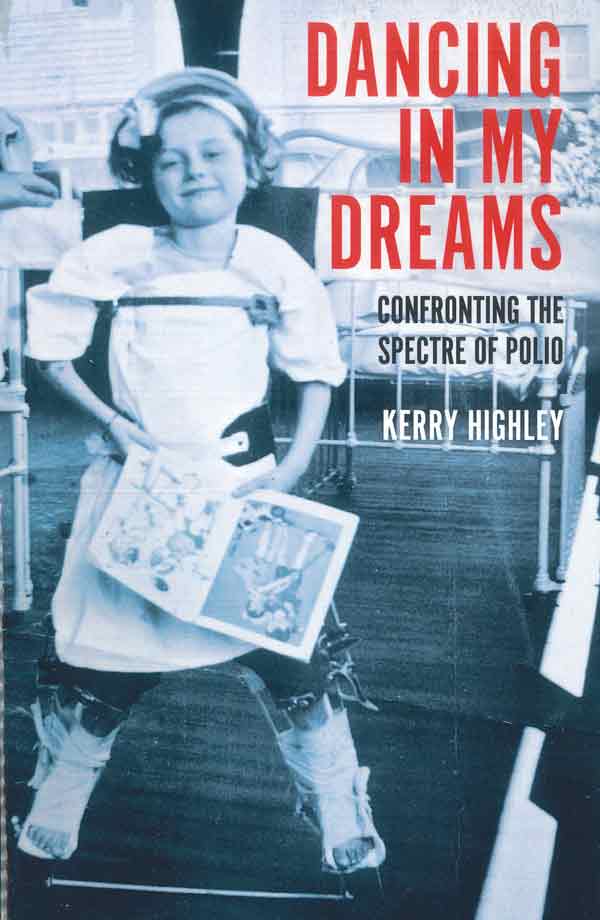









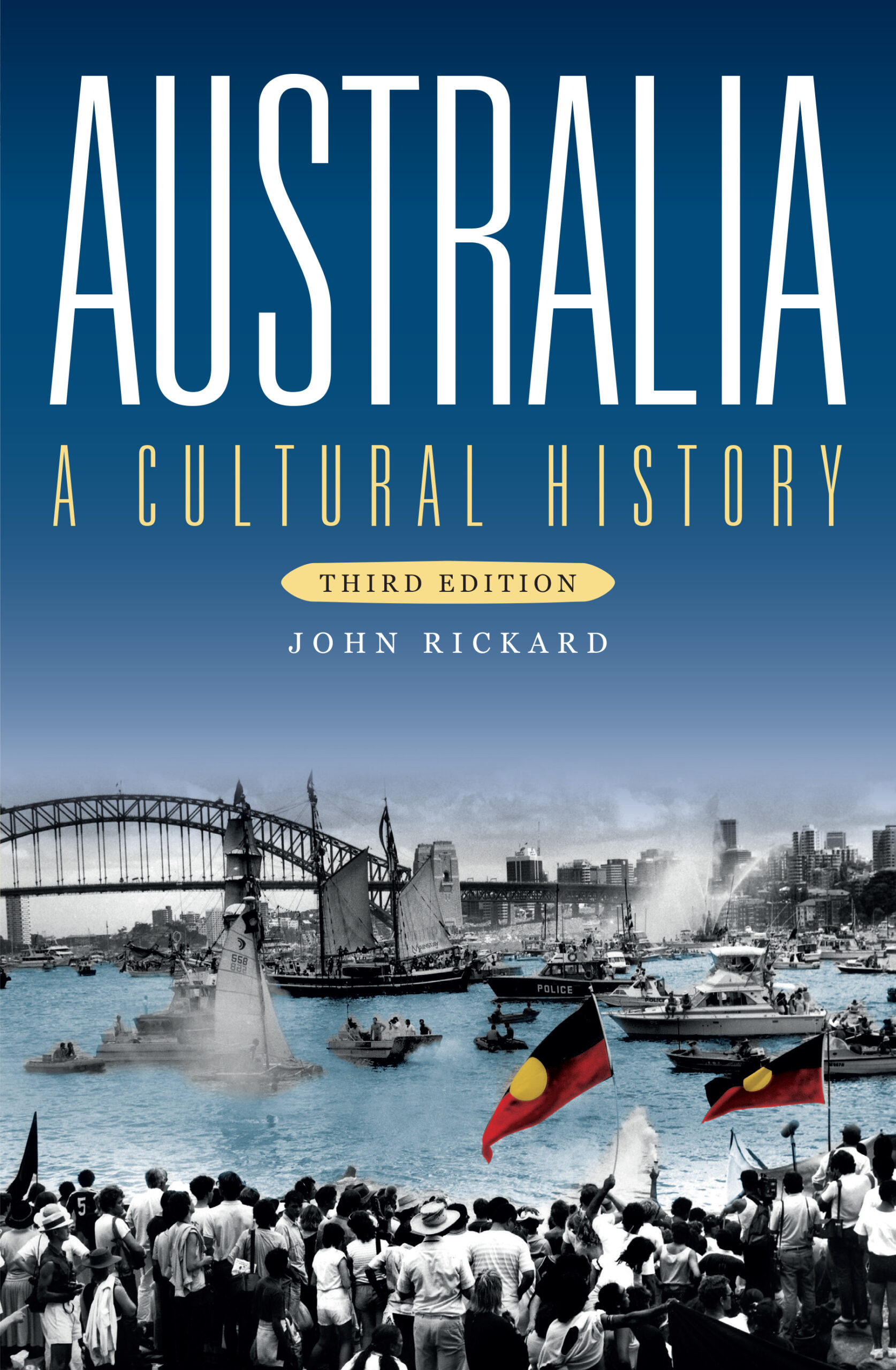
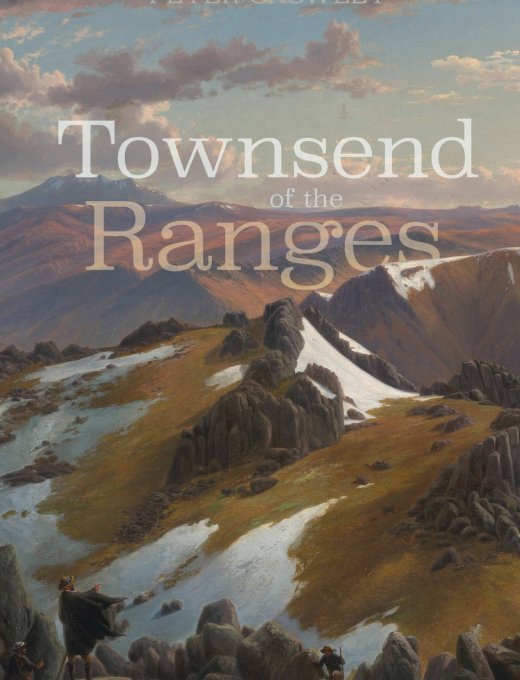

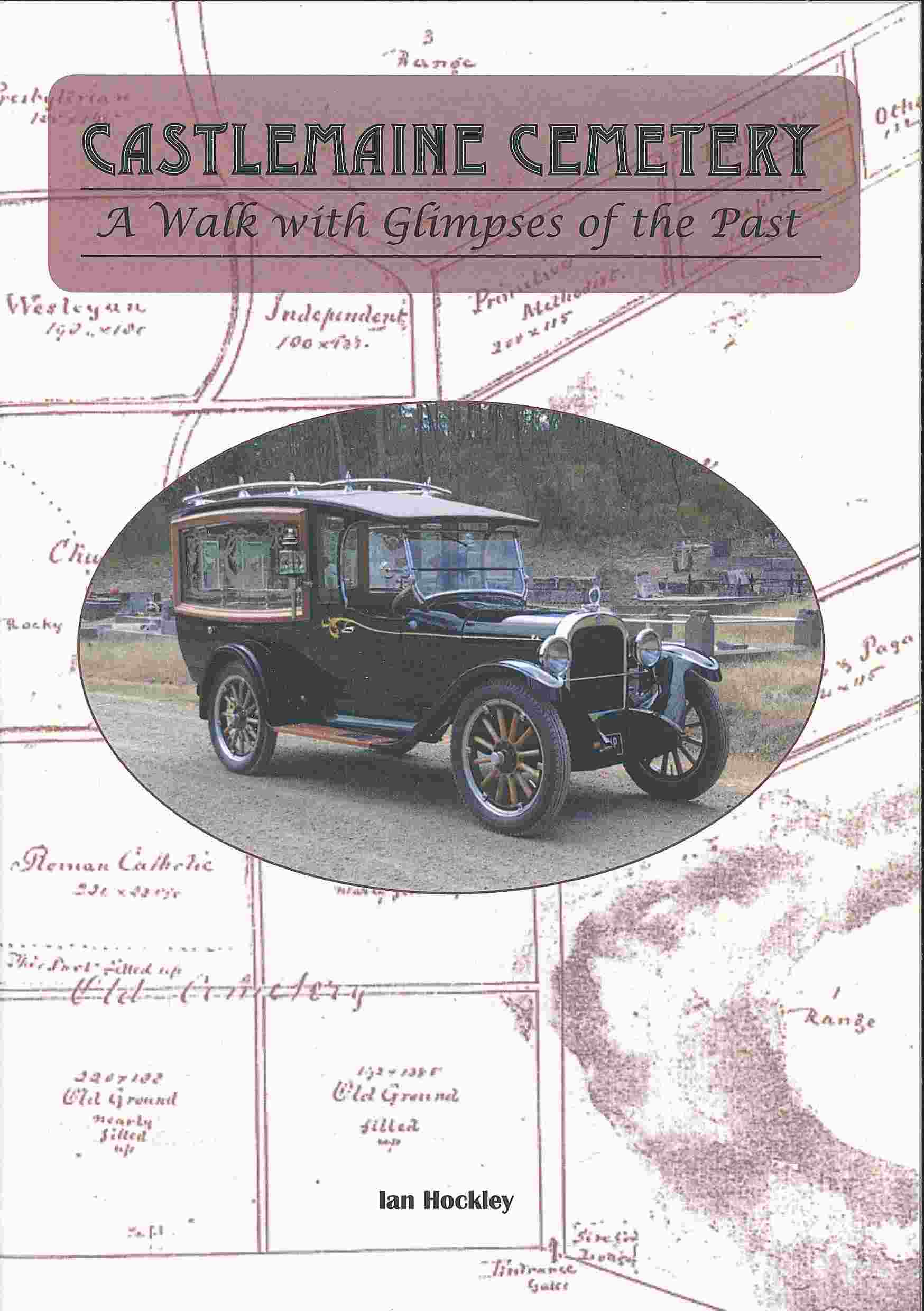

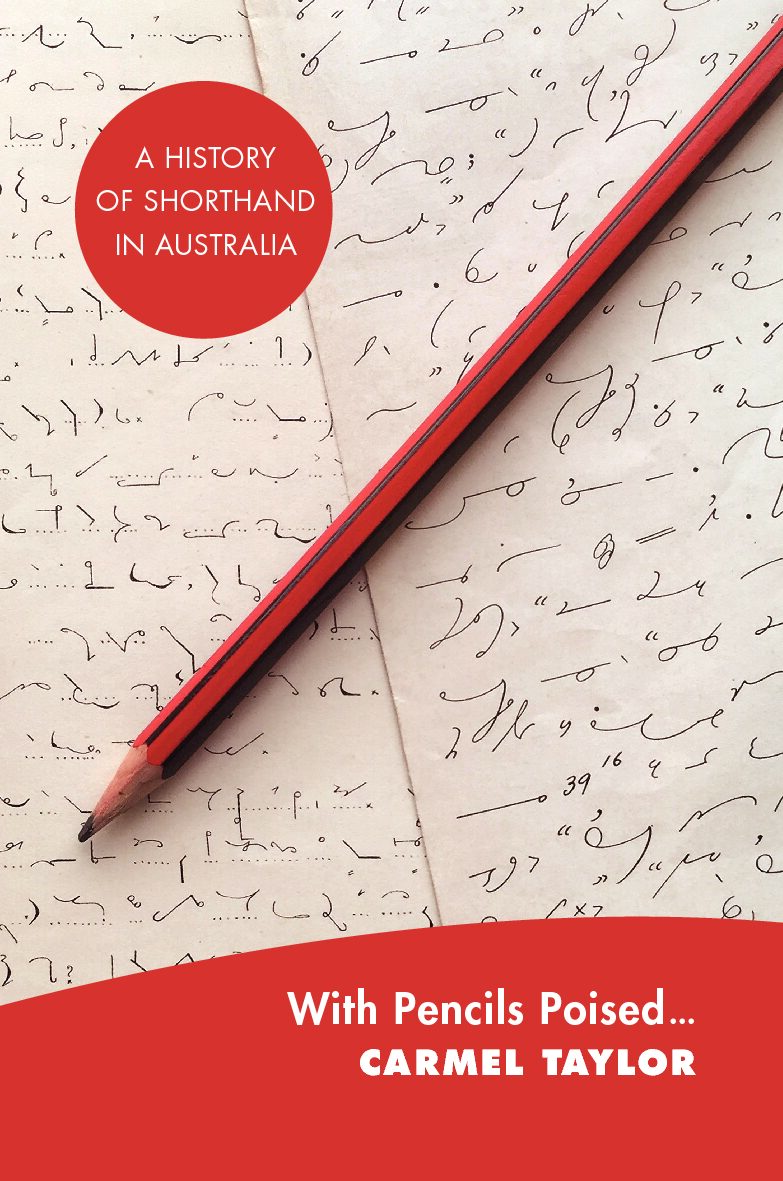
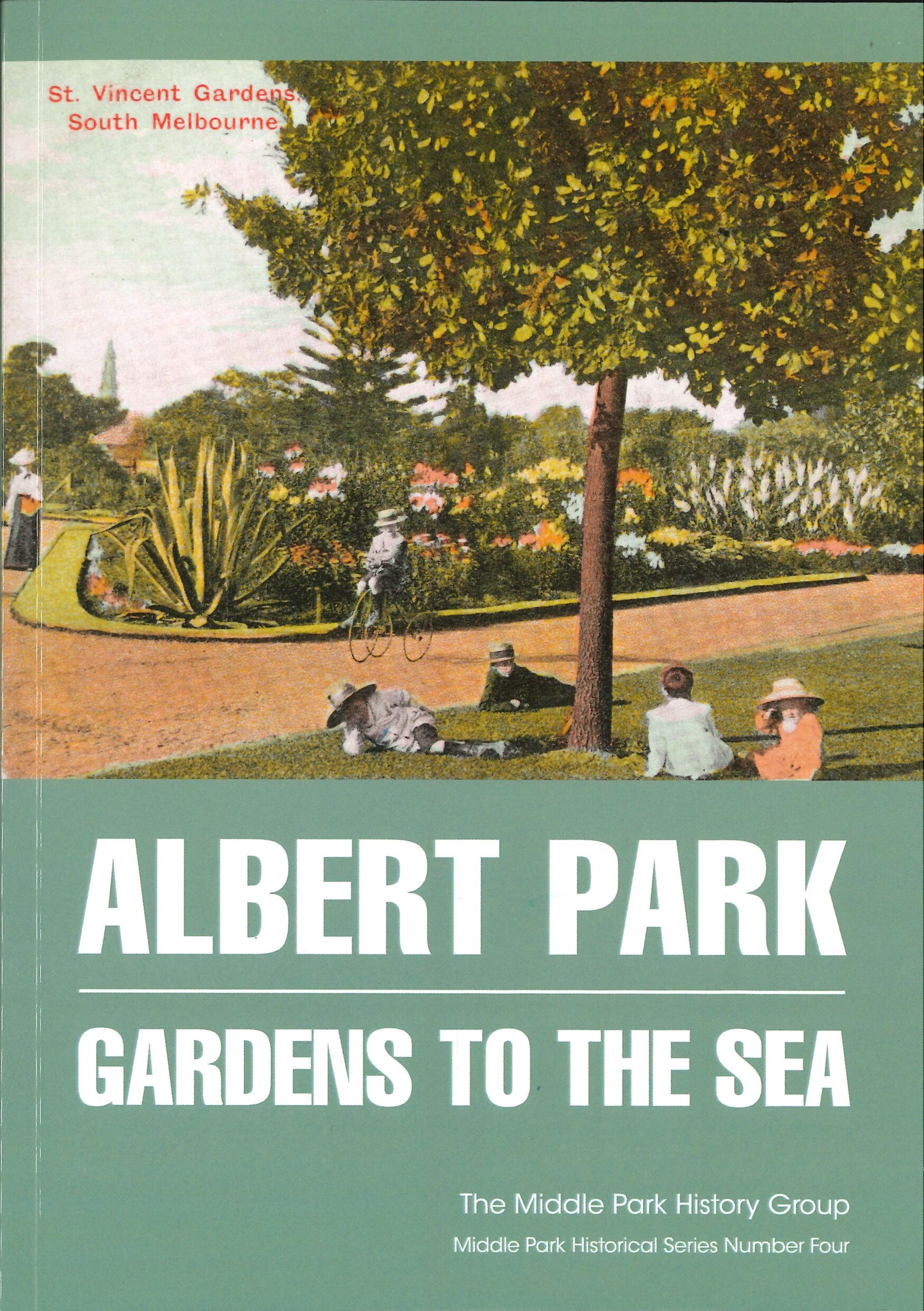

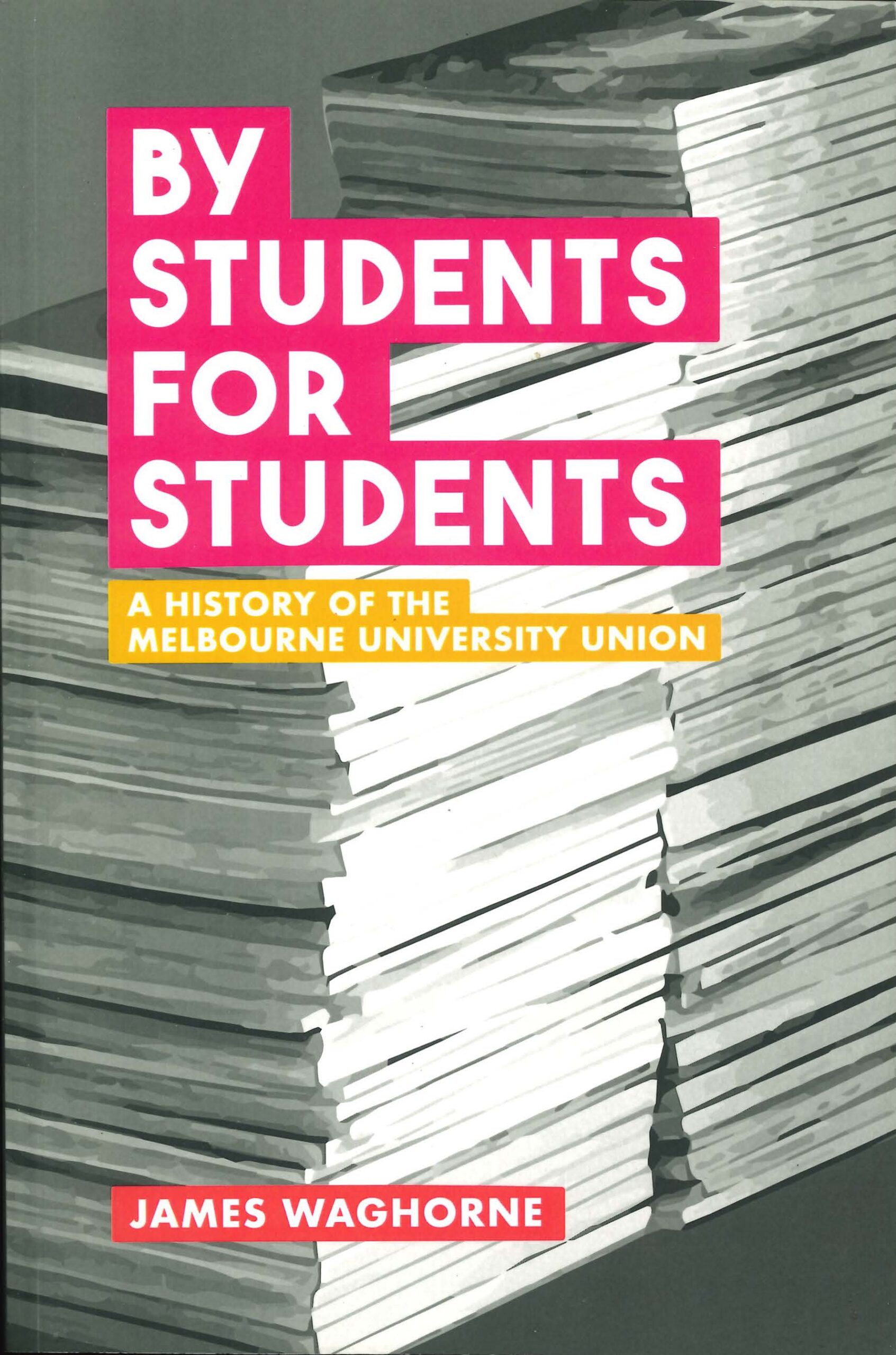




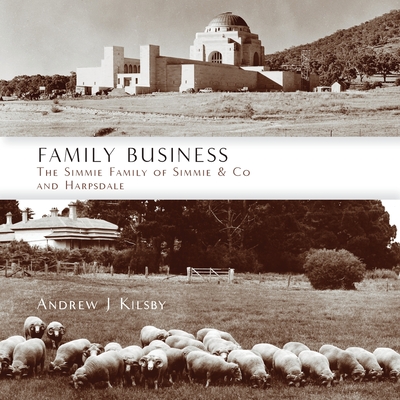
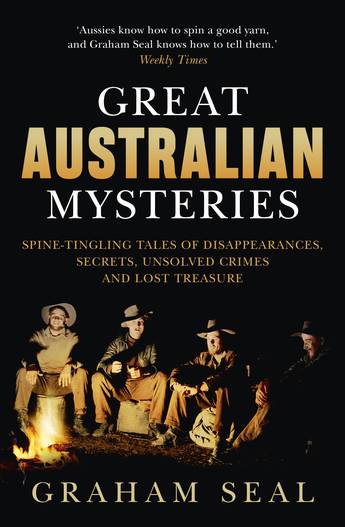
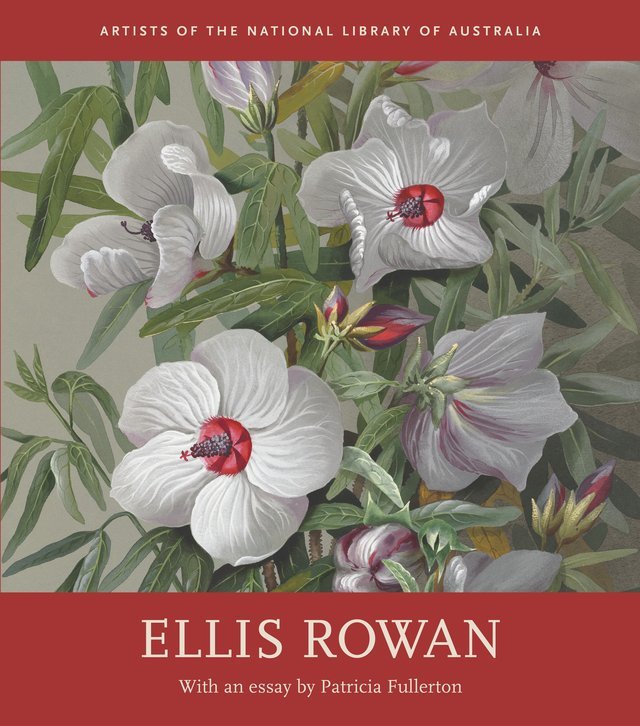

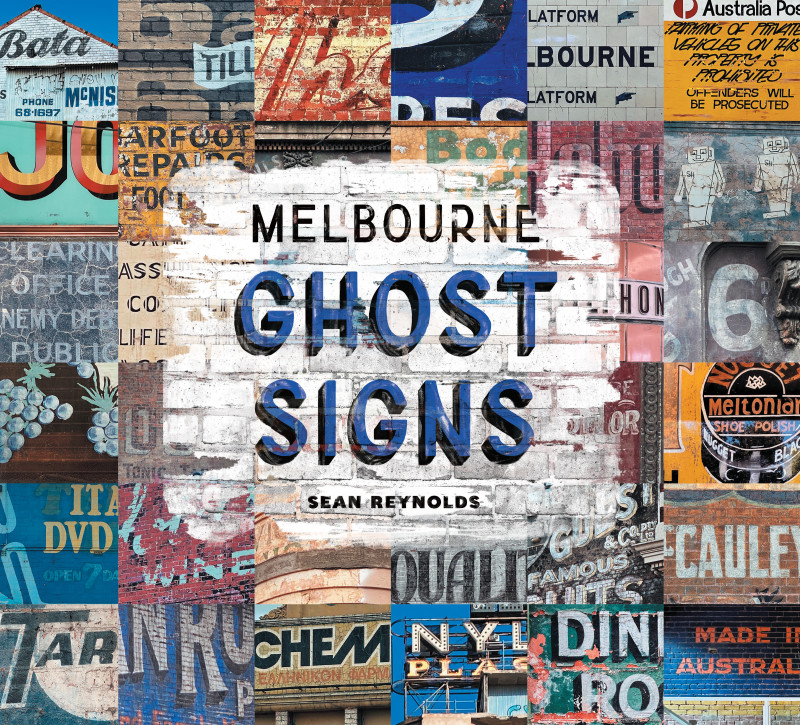


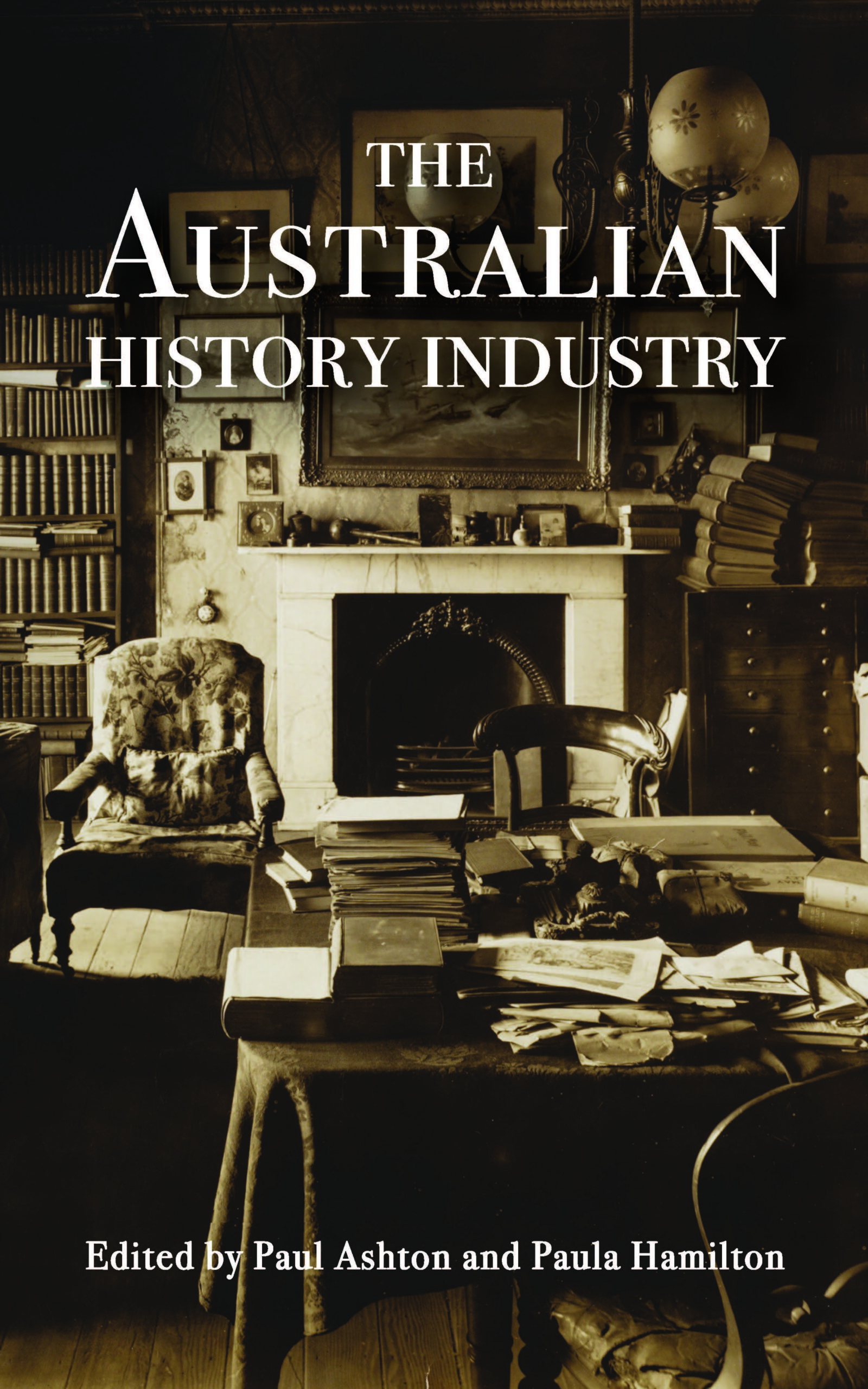

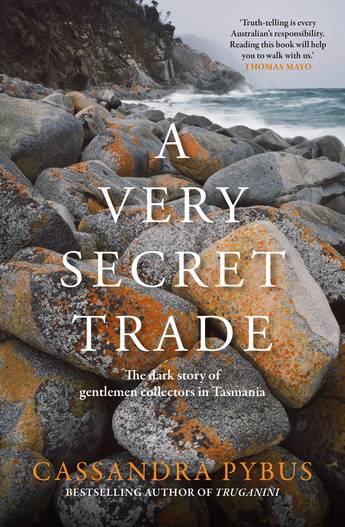
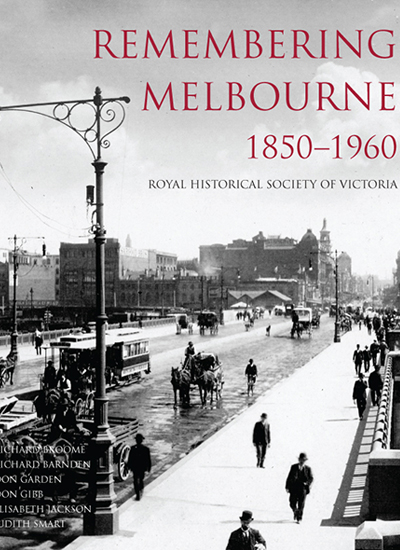
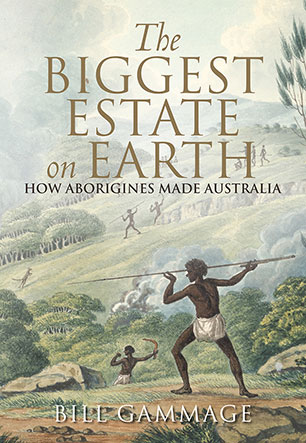
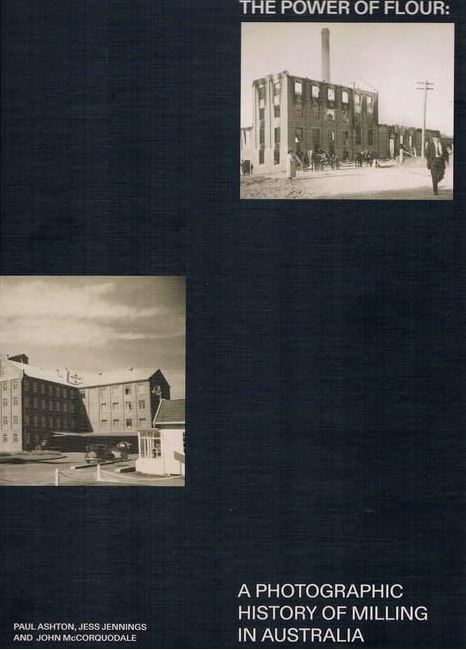
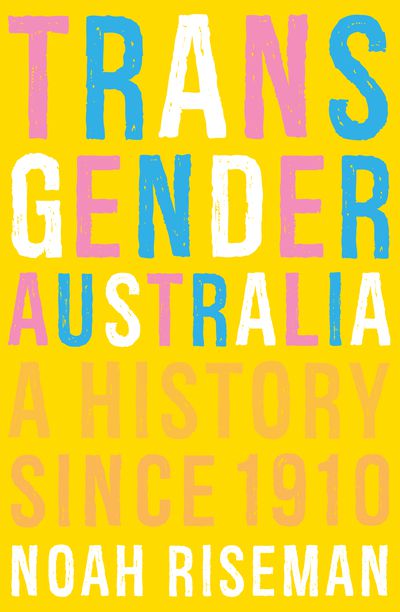







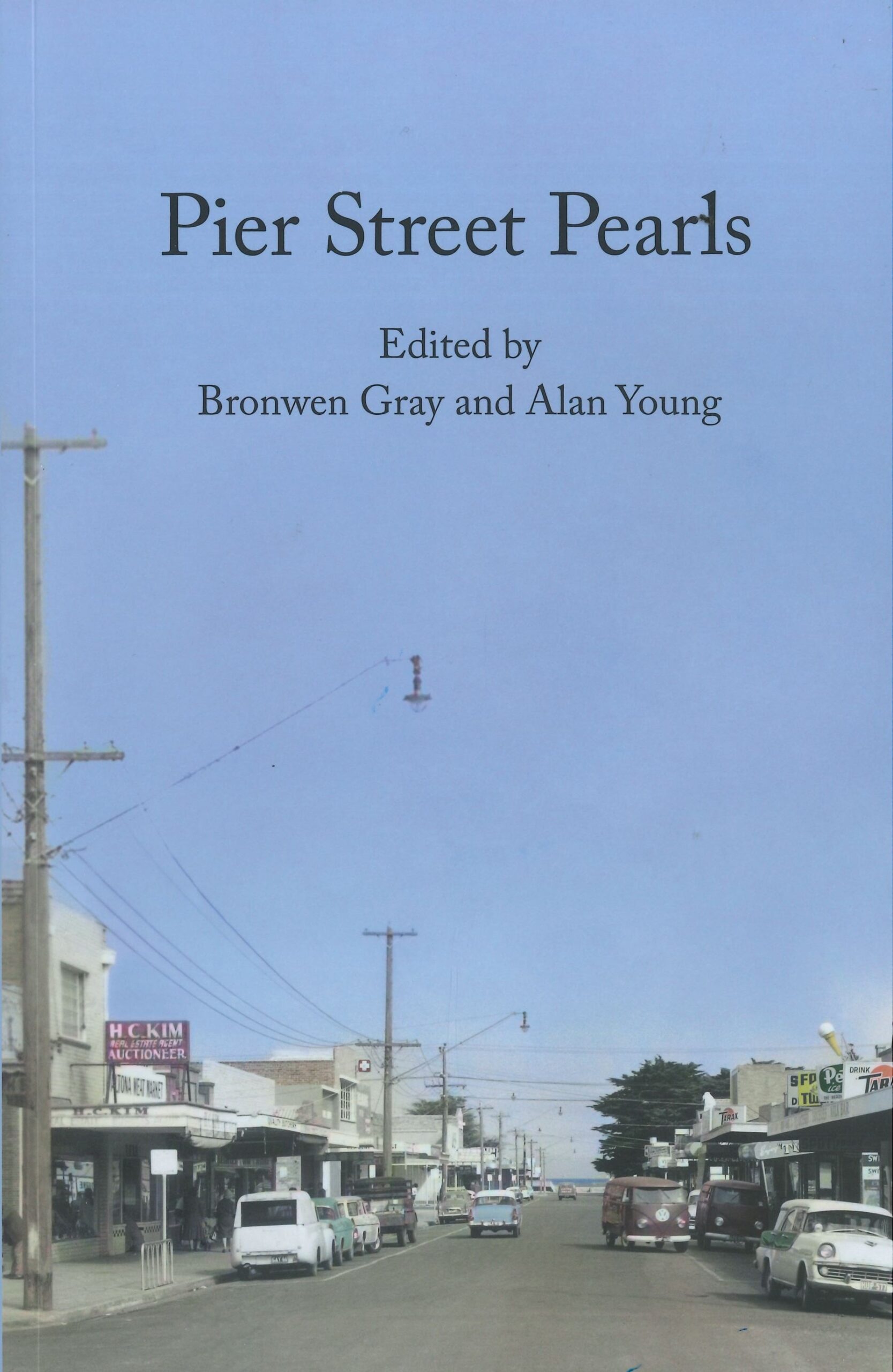
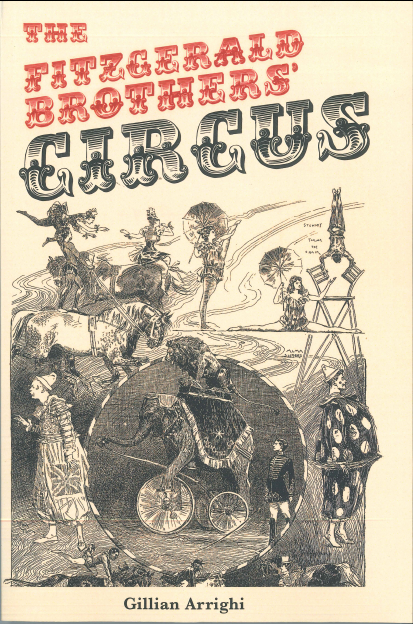


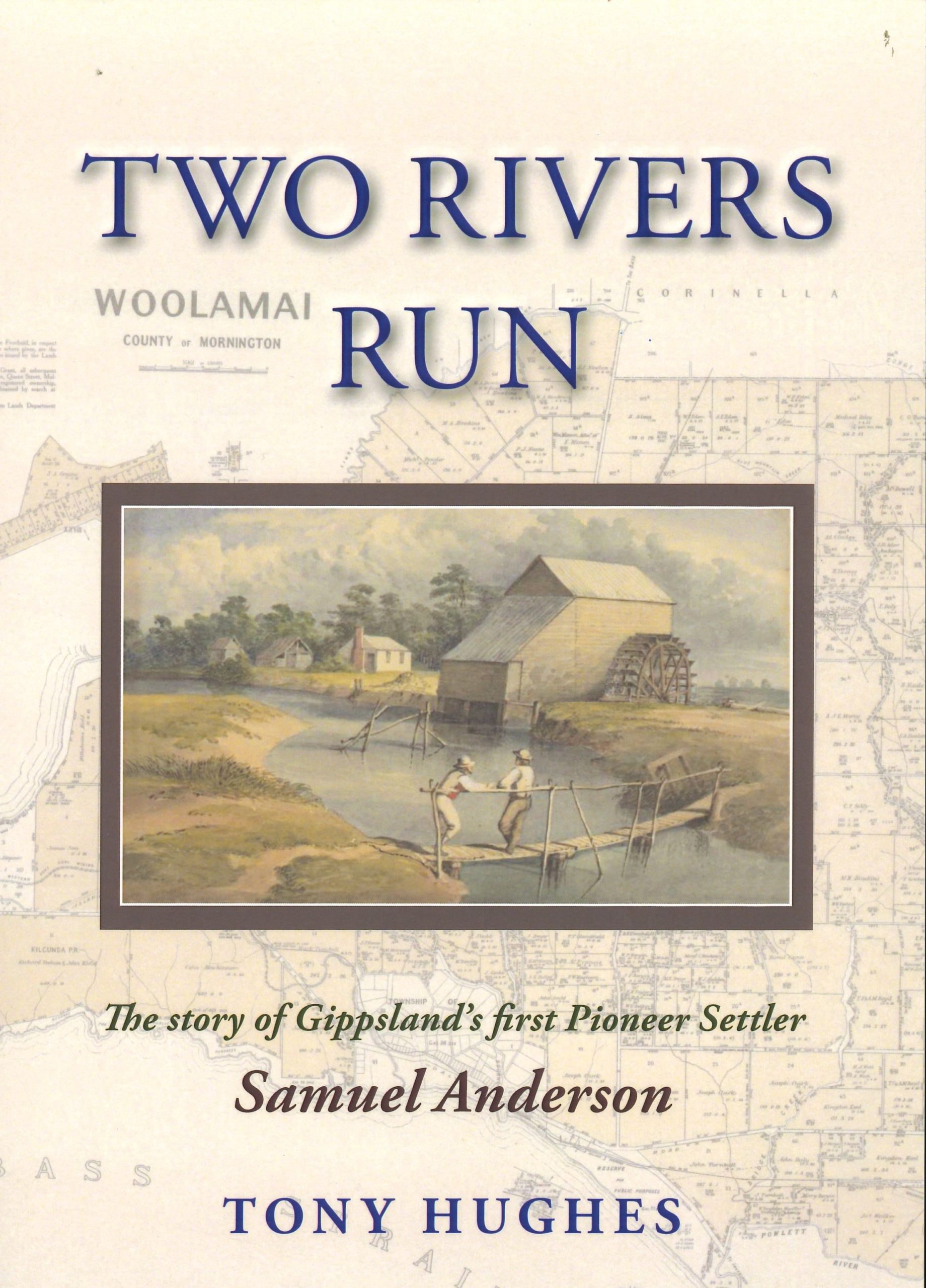
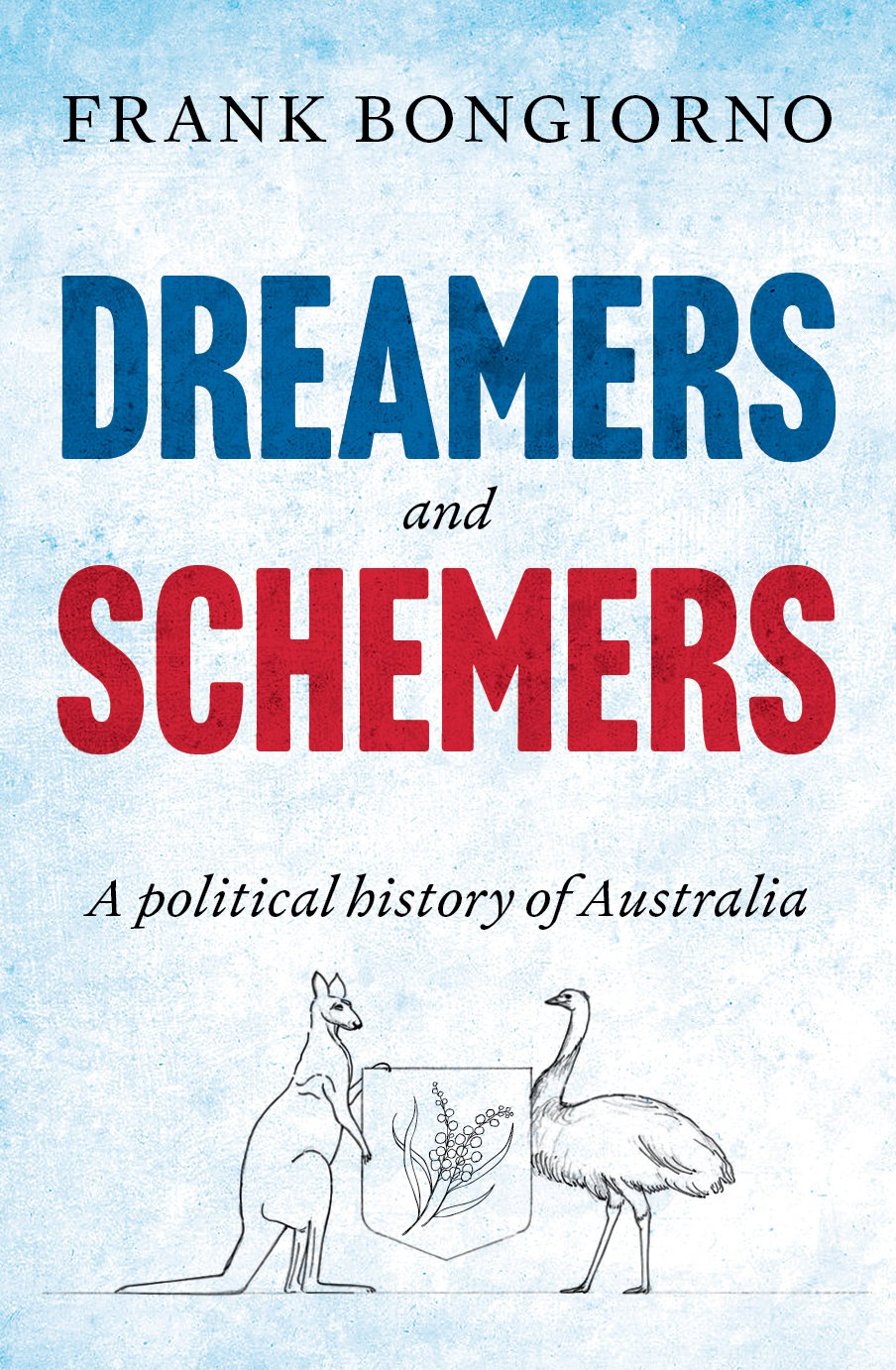

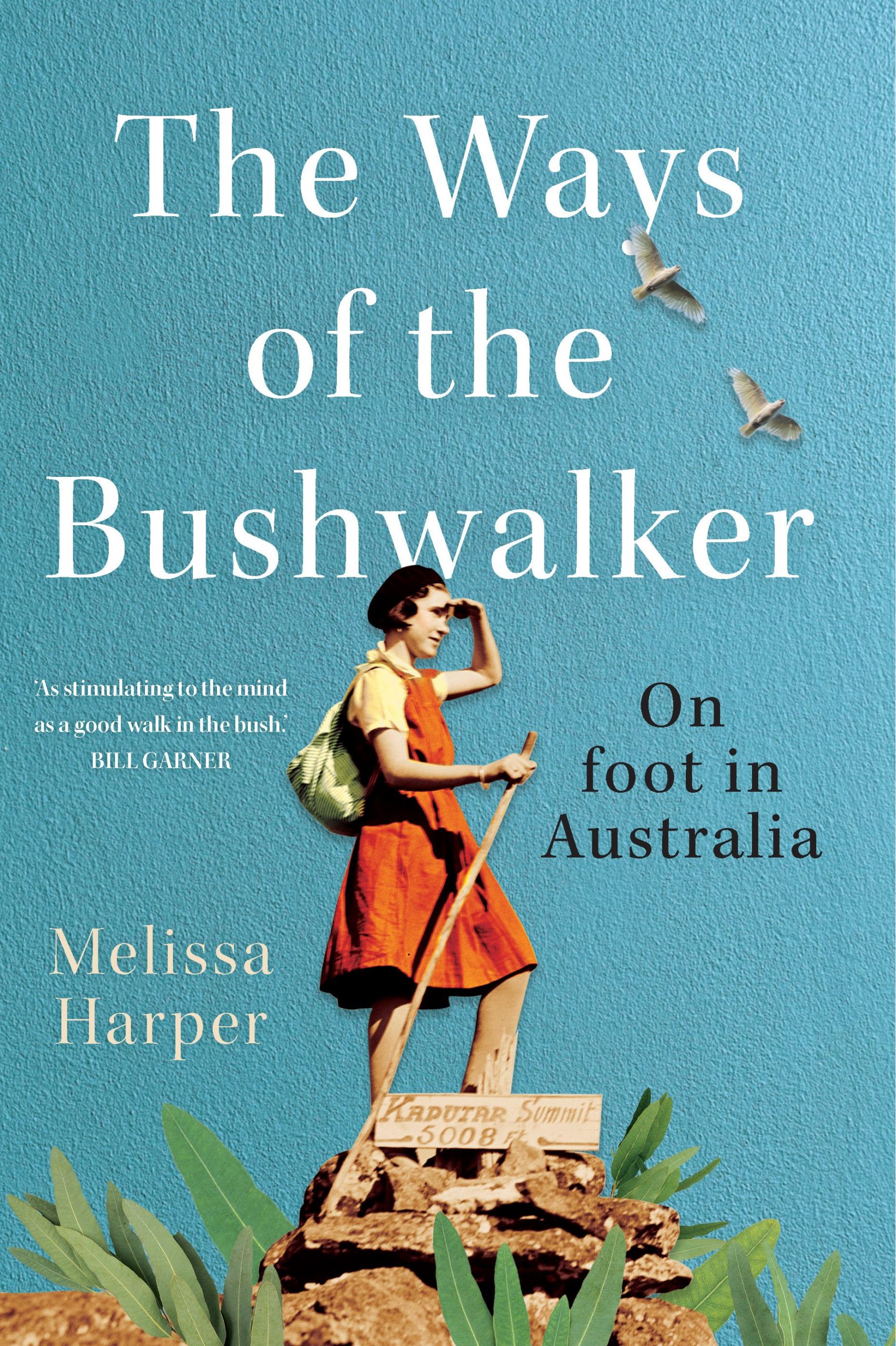

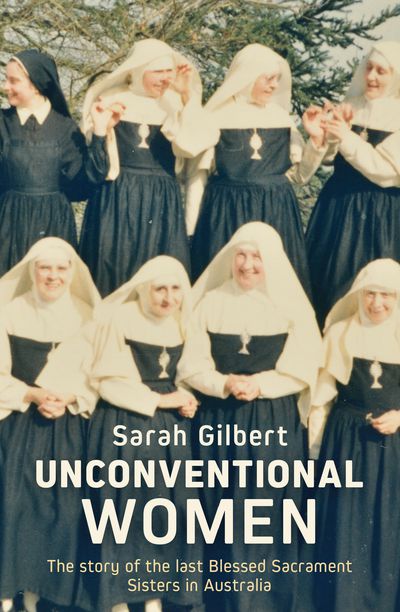
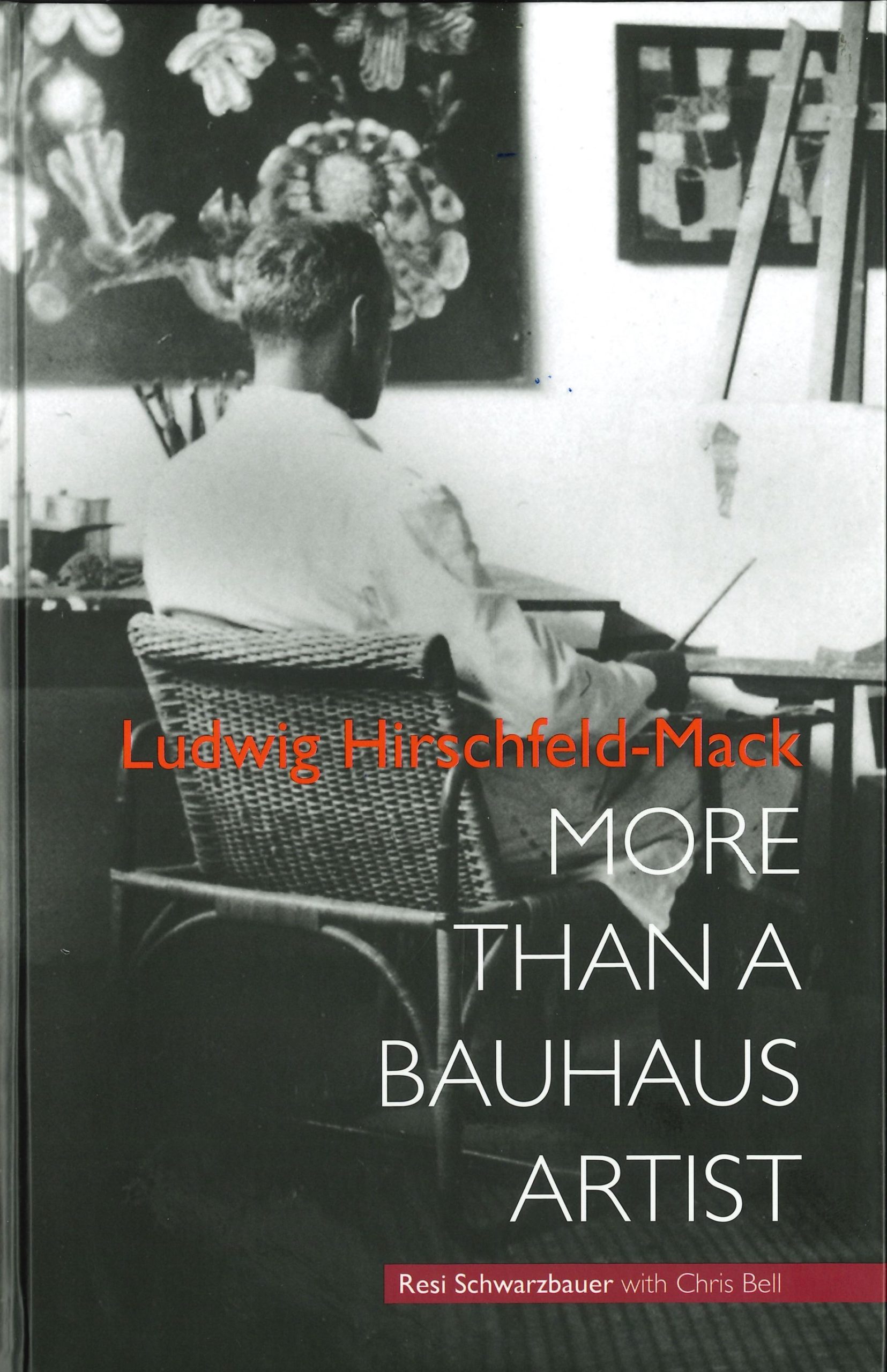





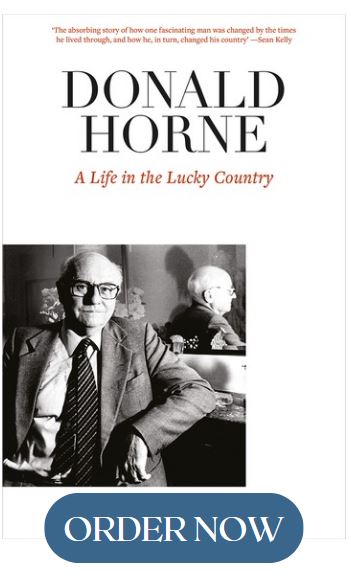



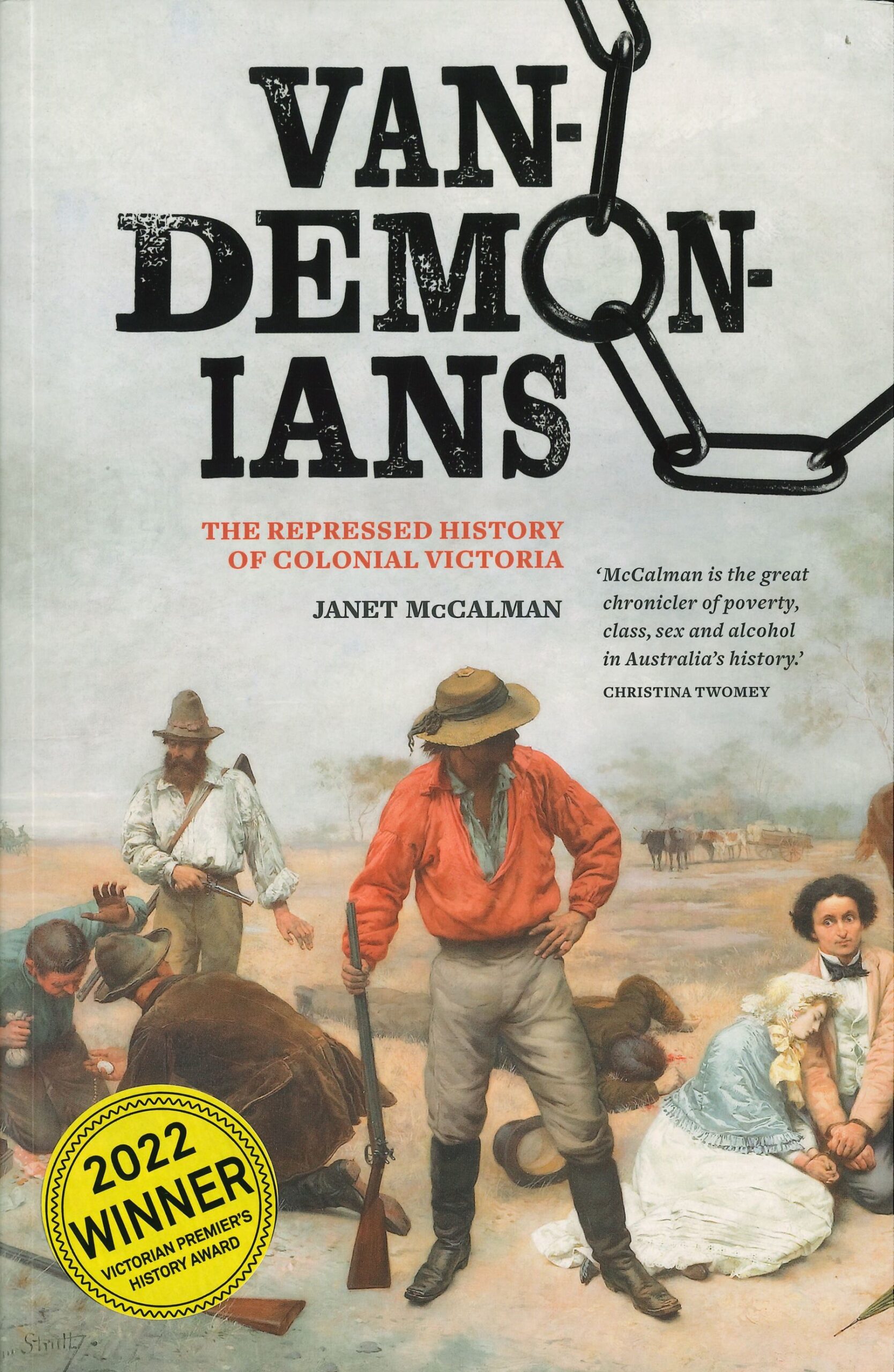
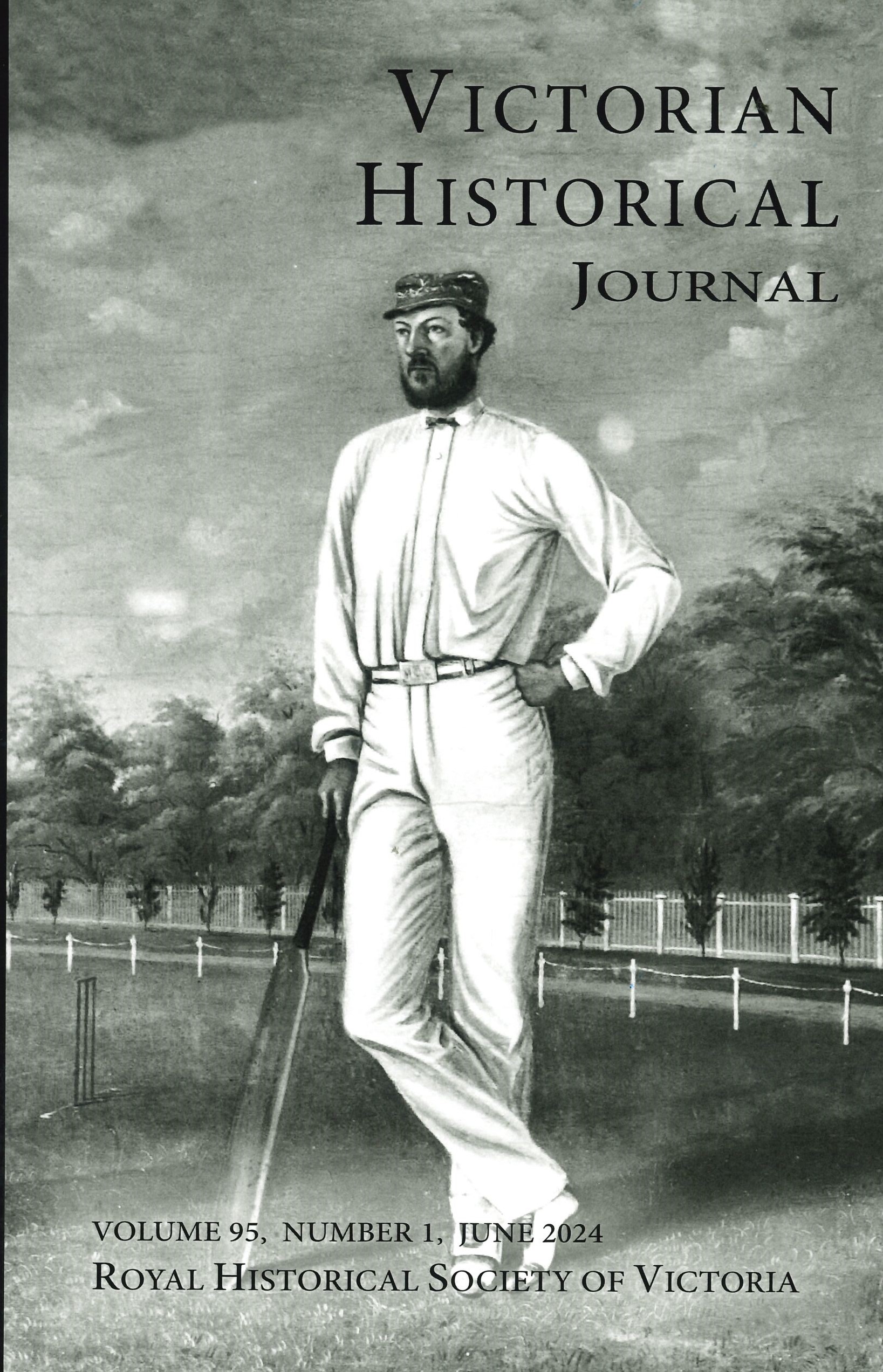


 239 A'Beckett Street Melbourne, Victoria, 3000
239 A'Beckett Street Melbourne, Victoria, 3000  03 9326 9288
03 9326 9288  office@historyvictoria.org.au
office@historyvictoria.org.au  Office & Library: Weekdays 9am-5pm
Office & Library: Weekdays 9am-5pm


Book Reviews Reviews
There are no reviews yet.